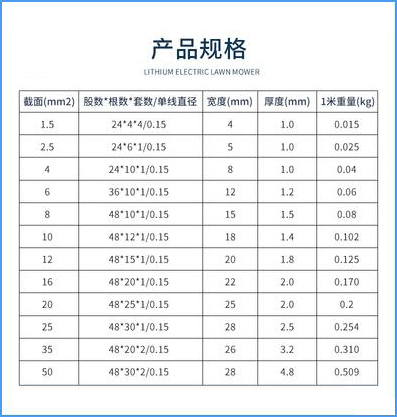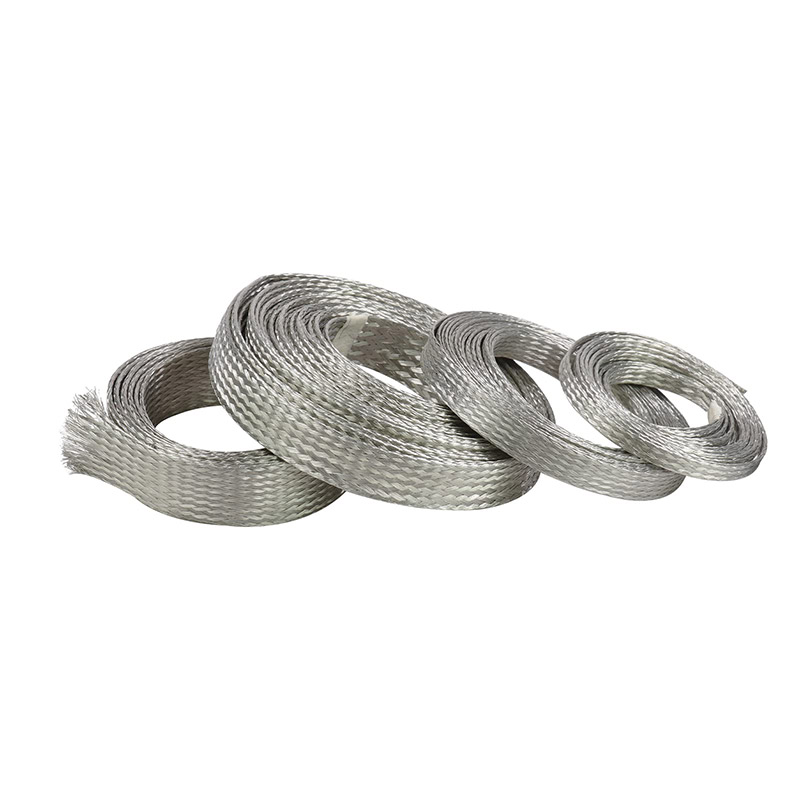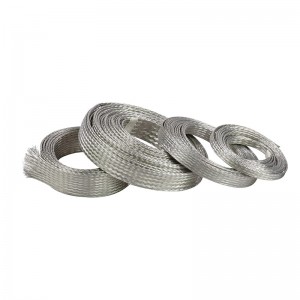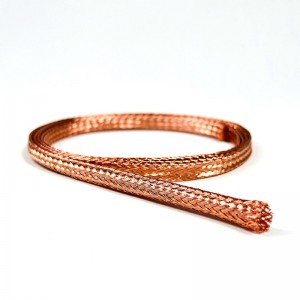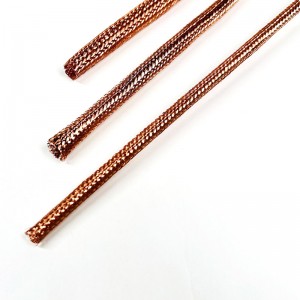EMI Shielding Braided Layer by Intertwining Bare or Tinned Copper Wires
product description
Electrical noise is a form of electromagnetic energy leaked by electrical devices such as vacuum cleaners, generators, transformers, relay controls, power lines etc. It can travel through power lines and signal cables, or fly through space as electromagnetic waves causing failures and functional degradation.
In order to secure the correct function of an electrical equipment, precautions shall be taken against unwanted noise. The basic methods are (1) shielding, (2) reflection, (3) absorption, (4) bypassing.
Merely from the conductor’s perspective, the shield layer that normally surrounds the power carrying conductors, acts as reflector for the EMI radiation and at the same time, as a way to conduct the noise to the ground. Therefore, since the amount of energy that reaches the inner conductor is attenuated by the shielding layer, the influence can be enormously reduced, if not fully eliminated. The attenuation factor depends on the effectiveness of the shielding. Indeed, different degrees of shielding can be chosen in relation to the level of noise present in the environment, the diameter, the flexibility and other relevant factors.
There are two ways to create a good shielding layer in conductors. The first is through application of a thin aluminum foil layer which surrounds the conductors and the second through a braided layer. By intertwining bare or tinned copper wires, it is possible to create a flexible layer around the conductors. This solution presents the advantage of being easier to be grounded, when the cable is crimped to a connector. However, since the braid presents small air gaps between the copper wires, it does not provide full surface coverage. Depending on the tightness of the weave, typically braided shields provide a coverage from 70% to 95%. When the cable is stationary, 70% is usually enough. Higher surface coverage won’t bring higher shielding effectiveness. Since copper has higher conductivity than aluminum and the braid has more bulk for conducting noise, the braid is more effective as shield compared to the foil layer.

